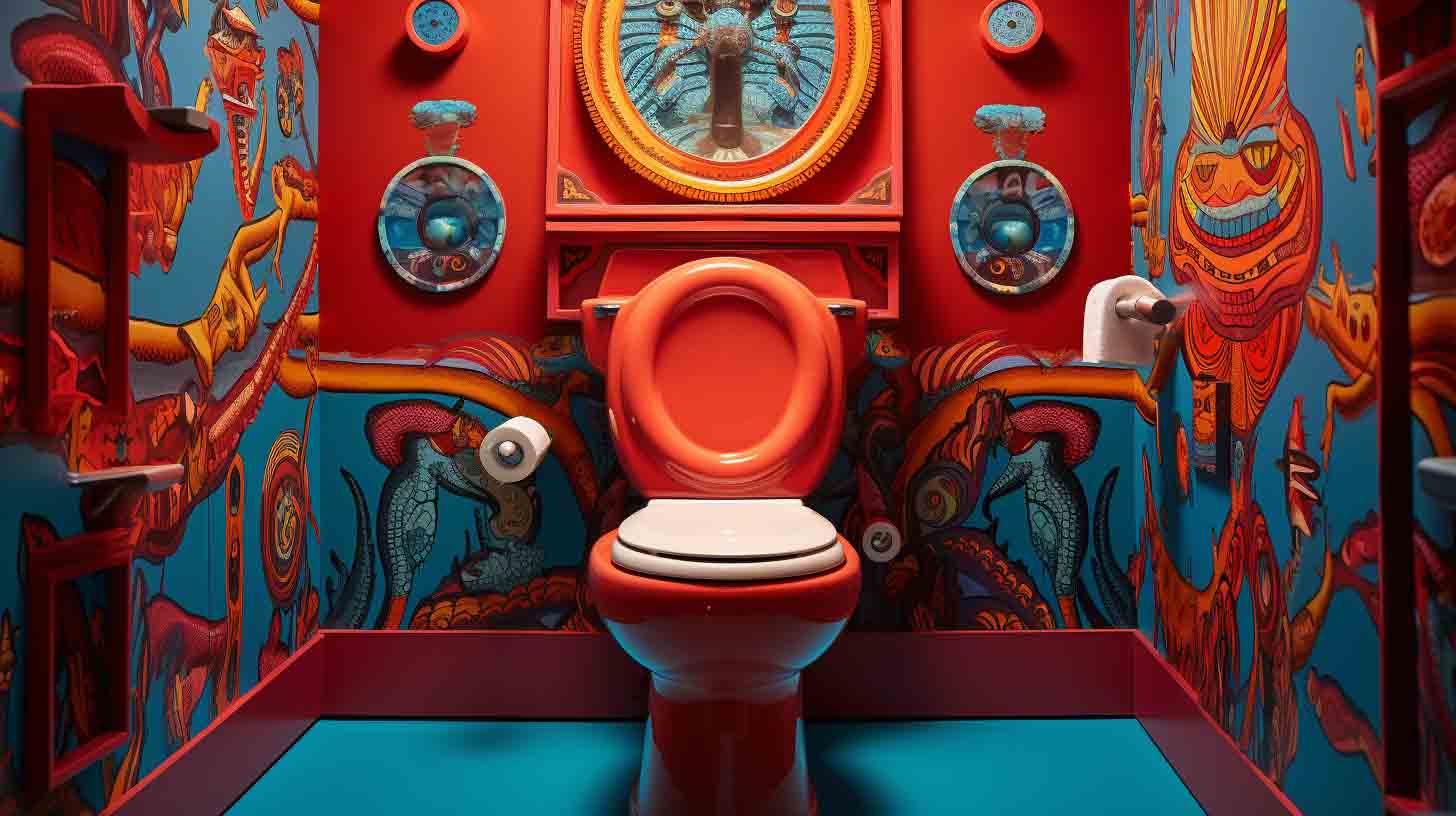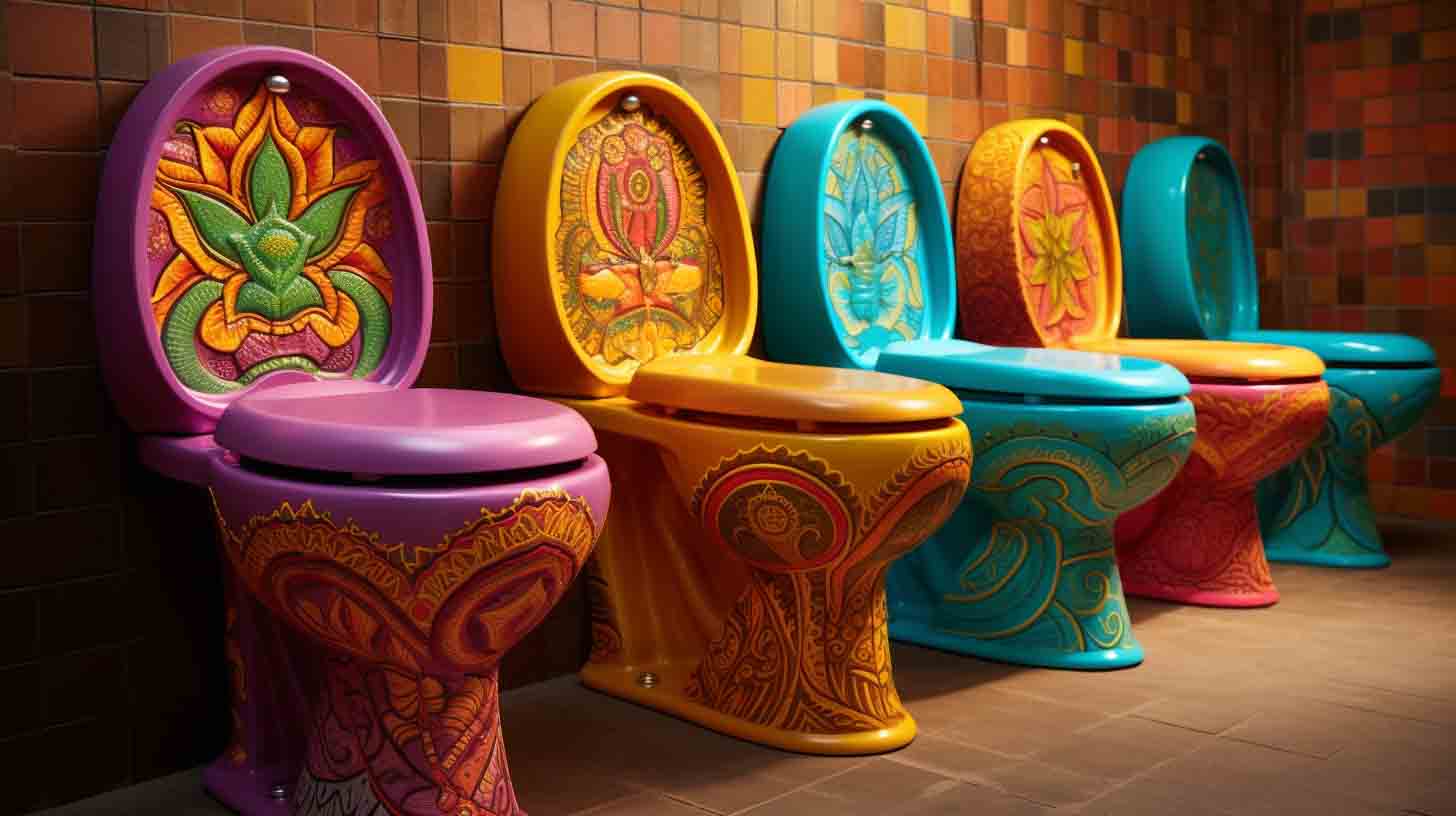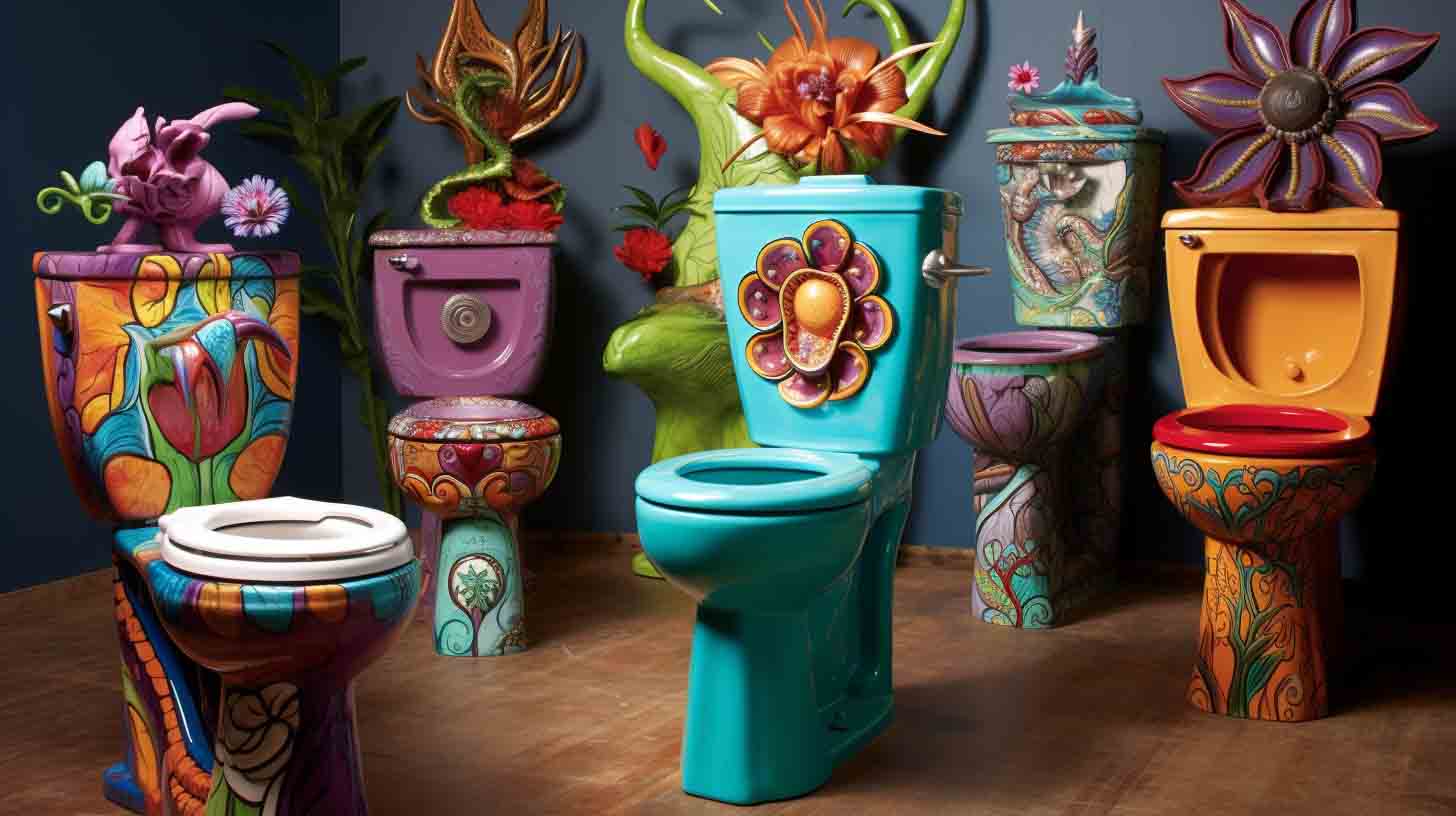Installing a toilet may seem like a daunting task, but with the right tools and a step-by-step guide, it can be a straightforward process. In this guide, we will take you through each stage of the installation, from gathering the necessary tools and materials to testing and adjusting for proper functionality.
Whether you're a seasoned DIY enthusiast or a novice homeowner, this step-by-step guide will equip you with the knowledge and confidence needed to successfully install a toilet in your home.
So, let's dive in and discover how to make toilet installation a breeze.

- Choose the right toilet model based on bathroom dimensions, plumbing system, and aesthetic appeal.
- Gather all necessary tools and materials for the installation process.
- Properly remove the old toilet by disconnecting the water supply, unscrewing bolts, and breaking the wax seal.
- Ensure the floor flange is clean, dry, and in good condition before installing the new toilet.
In order to successfully install a toilet, it is imperative to gather all the necessary tools and materials required for the task at hand.
The first step towards a seamless installation process involves choosing the right toilet model. Consider factors such as the dimensions of your bathroom, the plumbing system, and the aesthetic appeal that aligns with your preferences.
It is crucial to avoid common mistakes during toilet installation to ensure a functional and durable fixture. These mistakes include improper wax ring installation, overtightening bolts, and neglecting to level the toilet.
Having gathered all the necessary tools and materials, the next step in the toilet installation process involves removing the old toilet.
Before starting the removal process, ensure that the water supply to the toilet is turned off. Begin by emptying the tank and bowl using a sponge or a wet/dry vacuum to avoid spills.
Next, disconnect the water supply line from the bottom of the tank using a wrench. To remove the toilet from the floor, unscrew the bolts securing it to the floor flange. Gently rock the toilet back and forth to break the wax seal.
Lift the toilet straight up and place it on a protective surface. When disposing of old toilets, check local regulations for proper disposal methods, as some areas may require them to be taken to designated recycling centers or waste management facilities.

To prepare the area for installation, it is essential to ensure that the floor flange is clean and free from any debris or remnants of the old wax seal. This step is crucial to ensure a proper floor sealing and prevent any leaks or damage in the future. Additionally, location considerations should be taken into account before installing the toilet. Factors such as proximity to water supply and drainage pipes, as well as the accessibility and comfort of the user, should be carefully evaluated. By carefully preparing the area and considering the location, you can ensure a smooth and efficient installation process, minimizing the need for future repairs or adjustments.
| Floor Flange Cleaning Steps |
|-----------------|----------------|-----------------|----------------|
| Step 1 | Remove the old wax seal. | Use a scraper or putty knife to carefully remove any remnants of the old wax seal from the floor flange. Make sure to clean the area thoroughly and remove any debris. |
| Step 2 | Inspect the floor flange. | Check the condition of the floor flange for any cracks or damage. Replace it if necessary to ensure a proper seal. |
| Step 3 | Clean the floor flange. | Use a cleaning agent and a cloth to clean the floor flange, removing any dirt, grime, or residue. Make sure it is completely dry before proceeding with the installation. |
The first step in installing the new toilet is to carefully position the wax ring onto the floor flange. The floor flange is a pipe fitting that connects the toilet drain to the sewer pipe. It is typically made of PVC or cast iron.
The wax ring is a circular piece of wax that fits over the flange and creates a watertight seal. When positioning the wax ring, ensure that it is centered over the flange and pressed firmly down to create a secure seal. The wax ring should fit snugly around the flange, with no gaps or spaces. This is crucial for preventing leaks and ensuring proper functioning of the toilet.
Once the wax ring is in place, you can proceed to the next step of installing the new toilet.

After positioning the wax ring and installing the new toilet, the next step is to thoroughly test and make necessary adjustments to ensure proper functionality.
To start, turn on the water supply and check for any leaks. Inspect the base of the toilet and the connection to the floor for any signs of water seepage. If there are leaks, tighten the bolts and fittings as needed.
Next, flush the toilet multiple times to ensure proper flushing and refilling. Observe the water level in the tank and adjust the float valve if necessary to achieve the correct water level.
Additionally, check the flush handle for smooth operation and make any adjustments if it feels loose or stiff.
Finally, listen for any unusual sounds during flushing and investigate any issues promptly.
In conclusion, installing a toilet can be a straightforward process when following the proper steps and using the required tools and materials.
By removing the old toilet, preparing the area, and installing the new toilet correctly, one can ensure proper functionality and avoid potential issues.
It is essential to test and adjust the toilet to guarantee its optimal performance.
Following this step-by-step guide will make toilet installation easier and more efficient.
 Get More Information!
Get More Information!